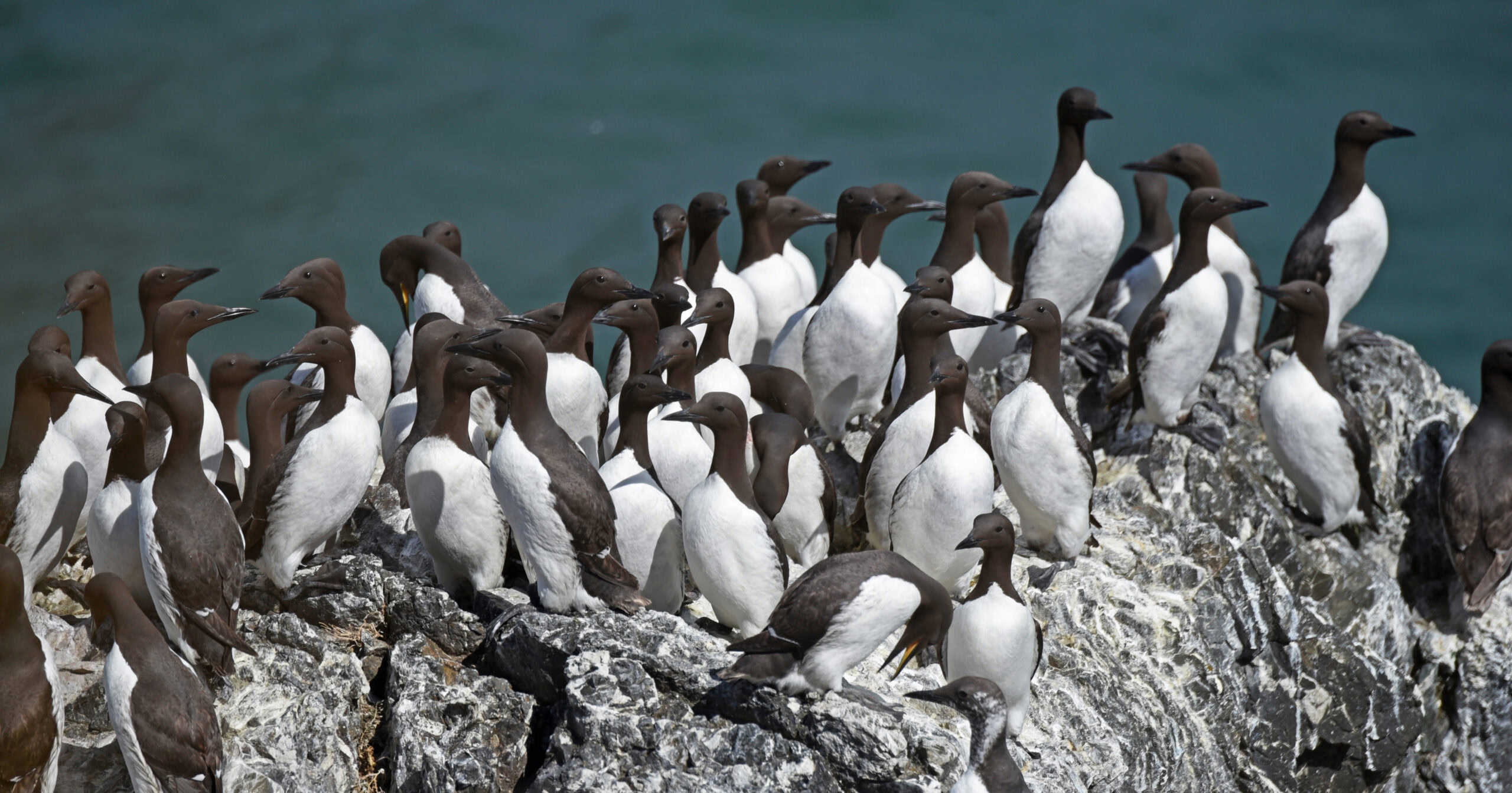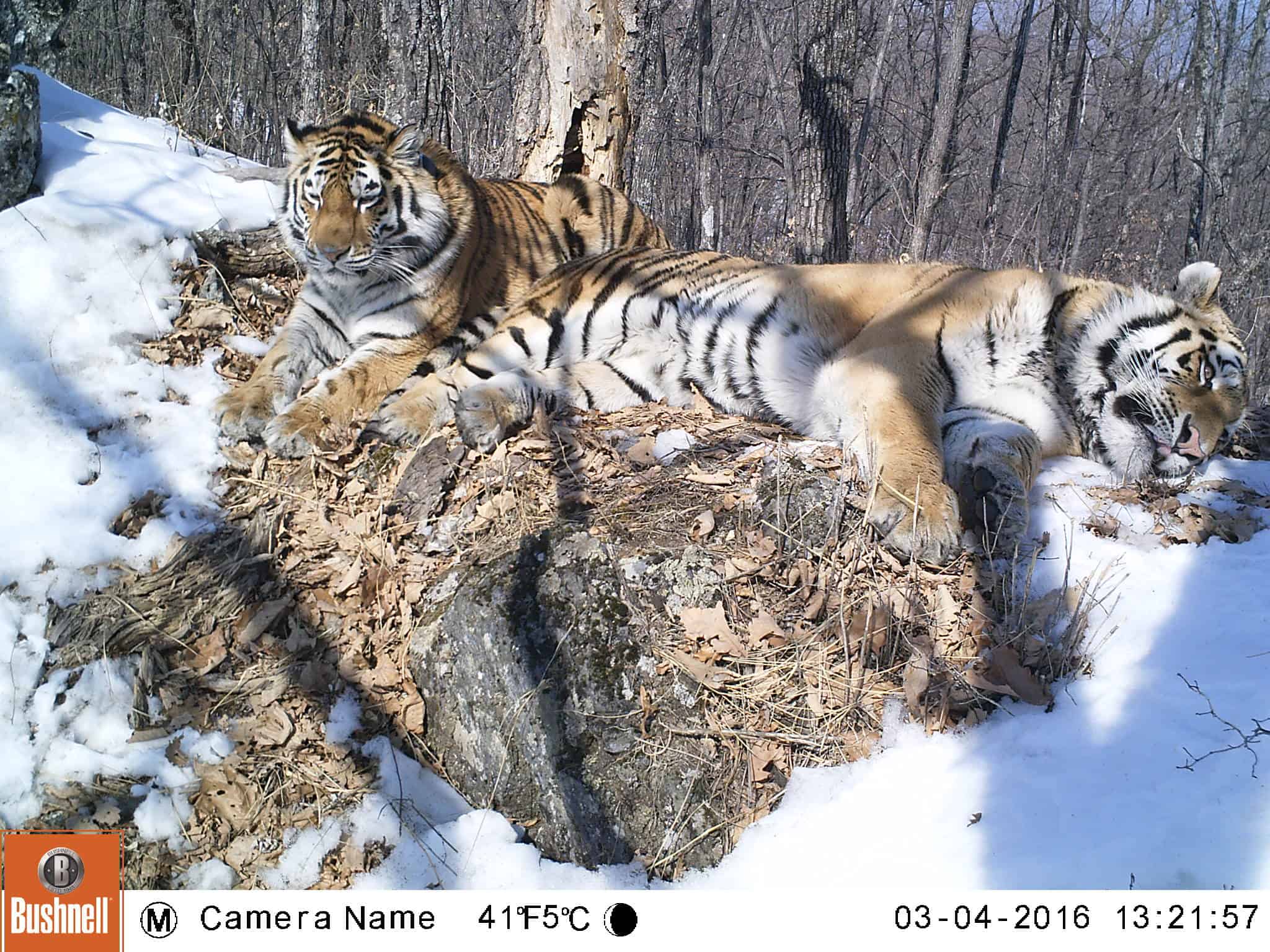Share this article
Wyoming Chapter backs ungulate migration policy
The Wyoming Chapter of TWS supports new mitigation policy approved by the Wyoming Game and Fish Commission that will protect the migration corridors of mule deer, elk and other ungulate species in the state. The Commission’s new policy defines ungulate migration corridors as vital areas, and recommends no significant decline in species distribution or abundance or loss of migration habitat due to land use and development.
Western Wyoming is home to one of the longest documented mule deer migrations in North America. Mule deer populations within the state have declined 40 percent over the past 20 years due to habitat loss and migratory bottlenecks, prompting the state to turn to regulatory measures to improve management of the population.
The new actions within the ungulate migration corridor strategy urge wildlife biologists to continuously study and identify migration corridors, and use their findings to advise state and federal agencies on proposals to drill on federal lands.
The Wyoming Chapter of TWS has been a part of this initiative for a few years, according to Eric Maichak, the Chapter’s Communication Chair. WFGD formally approached the Chapter in 2014 to develop new definitions for big game migrations, which has been used by the department as a foundation for the mitigation policy and ungulate migration corridor strategy.
The Chapter and its members will continue involvement with the migration projects now and in the future:
“Several of our members are current and retired wildlife administrators, academics and researchers,” said Eric Maichak, the Chapter’s Communication Chair. “[They] are heavily involved in several ongoing migration projects within the state.”
For more information about energy development and wildlife, see TWS’ Factsheet on Oil and Gas Development in the Rocky Mountain Region and position statement on Oil and Gas Development in the Rocky Mountain West.
Header Image: ©USFWS Mountain-Prairie








